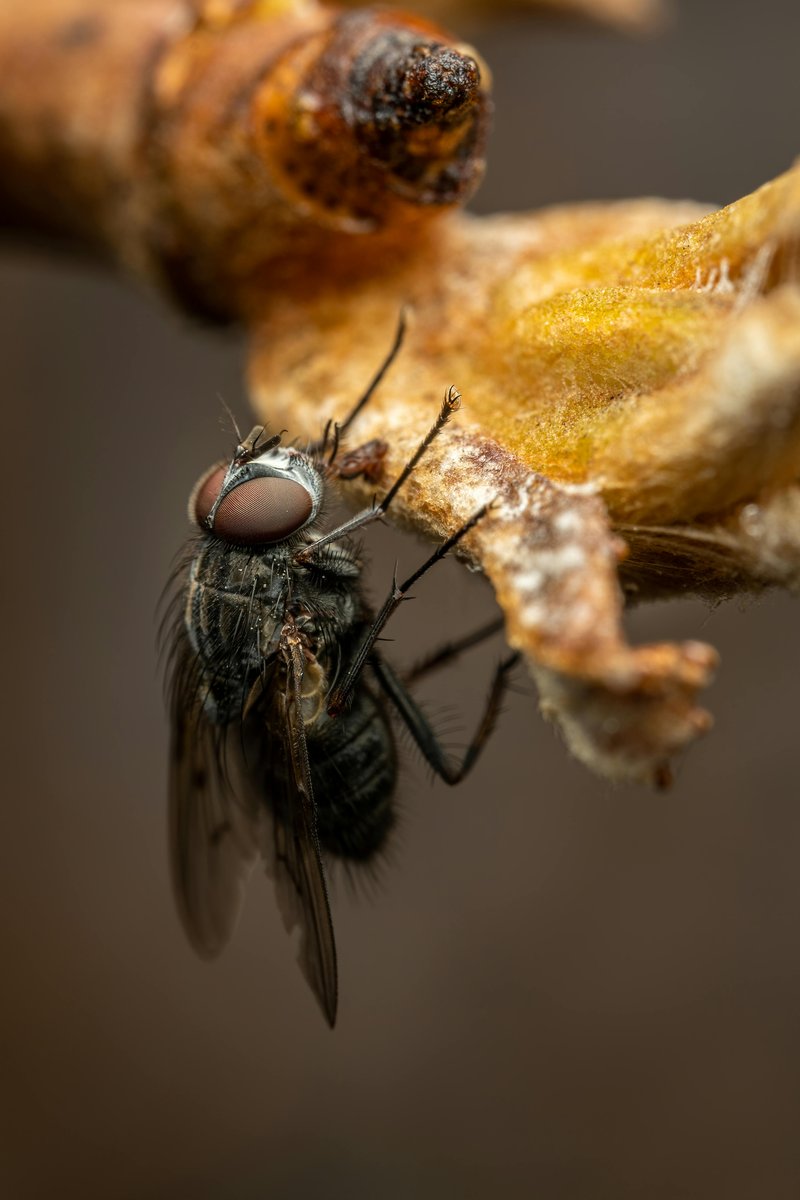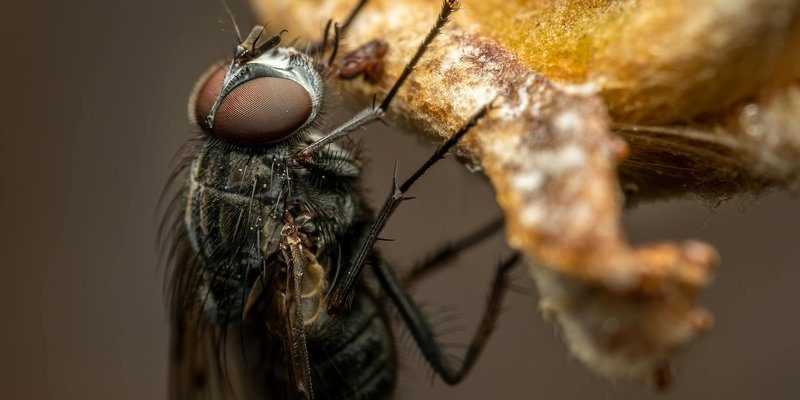
At its core, the coexistence of botflies and their hosts is a story of survival. In some cases, the relationship can even appear beneficial to one or both parties involved. Let’s dive deeper to uncover how these little parasites and their mammalian hosts manage to share space, whether it’s your favorite pet or creatures like cows and deer. Spoiler alert: It’s not always pretty, but it’s certainly interesting!
What Are Botflies?
To start, let’s break down what botflies actually are. These are parasitic flies belonging to the family Oestridae. You might have heard them referred to as “bot” flies or just “bots.” They lay their eggs on or near a host animal, and when the larvae hatch, they make their way into the host’s body. This can happen in various ways, depending on the species of botfly. For instance, some might use a mosquito as a vector, hitching a ride on a bite.
Baby botflies, or larvae, are not just random hitchhikers. They come with a purpose. Inside the host, they can feed on tissues and fluids, which is definitely a gross thought! The larvae typically spend several weeks developing inside before emerging to continue their life cycle. This means that the hosts can be carrying these unwelcome guests for quite a while. Isn’t nature fascinating?
Finding Hosts: The Botfly’s Strategy
You might wonder how botflies actually find their hosts. The process is both clever and slightly alarming. Female botflies have a unique method of laying eggs. They often choose areas where they know their potential hosts gather. For example, a botfly might lay its eggs on a horse, where they’ll have the best chance of survival.
When the host starts to groom or scratch, the tiny eggs can easily penetrate the skin. This ensures a smooth entry for the larvae, which is pretty strategic if you think about it. On the flip side, it’s a nightmare for the host! It’s like having a hidden tick that you didn’t even know was there until it turned into a much bigger issue.
The relationship isn’t entirely one-sided, though. Some researchers argue that when botflies infest a host, the result can sometimes lead to a stronger immune response in the animal. This means that while it’s not a pleasant experience, there may be some evolutionary advantages for the host in the long run.
Impact on Animal Hosts
Now that we’ve covered how botflies find their hosts, let’s explore what happens once they’re settled in. Depending on the species and the host, the effects can vary significantly. In some cases, the infestation can be relatively mild. For example, a few botfly larvae in a cow may not lead to serious issues, while in other cases, they can cause significant discomfort or even infections.
Symptoms can include irritation, swelling, and in severe cases, complications like abscesses or secondary infections. It’s important for pet owners and farmers to stay vigilant. If you notice any unusual behavior in your animals—like excessive scratching or changes in eating habits—it might be time to consult a vet. Keeping a close eye on your animals can be crucial for their health, especially in areas known for botfly populations.
The bottom line here is that while botflies might seem like just a nuisance, they can actually lead to serious ramifications for their hosts. It’s a reminder of how interconnected life can be, with parasites and hosts engaging in a complex dance of survival.
The Life Cycle of Botflies
Understanding the life cycle of botflies is essential to grasp their relationship with hosts. The journey begins when the female lays her eggs on the host, which we’ve touched on before. After hatching, the larvae burrow into the skin, where they start their development.
This process can take several weeks, and during this time, the larvae feed on the host’s tissues. Here’s where things get intriguing: after they finish growing, botfly larvae will emerge from the host to pupate in the environment. This is akin to a butterfly emerging from a cocoon, but let’s be real—it’s a lot less pretty.
The entire cycle is essential for both the botfly and its host. While it can be harmful to the animal, it’s also a necessary part of the botfly’s reproduction strategy. It’s a challenging relationship, highlighting the harsh realities of nature where survival often comes at a cost.
Managing Botfly Infestation
If you’re concerned about botfly infestation in your pets or livestock, there are several ways to manage and minimize the risk. One common approach is to regularly check your animals for signs of botflies, especially during warmer months when these flies are most active.
Here are a few steps you can take:
- Regular Inspections: Look for unusual bumps or signs of irritation on your animals’ skin.
- Professional Treatment: Consult a veterinarian for proper treatments if you suspect an infestation.
- Preventive Measures: Use fly repellents that are safe for animals, especially in high-risk areas.
The key here is to act quickly. If you spot a botfly larvae in your animal, it’s best to get professional help to remove it safely. This not only helps your pet but also prevents further complications.
Conservation and Respect for Nature
As we wrap up this discussion about the coexistence of botflies and their hosts, it’s crucial to remember the bigger picture. While botflies can be harmful, they also play a role in the ecosystem. Just as predators keep populations in check, parasites like botflies can influence animal behavior and health, leading to natural selection over time.
In nature, everything has a purpose—even pesky parasites. They are part of a complex web of life that we are all connected to. So, when dealing with botflies, it’s all about balance. Managing their impact on animals while recognizing their role in the ecosystem can help us foster a more respectful approach to wildlife.
The coexistence of botflies and their animal hosts is a captivating mix of challenge and adaptation. These little creatures remind us that nature isn’t just about beauty; it’s also about resilience, survival, and sometimes, a bit of ickiness. While their lifestyles can create problems for their hosts, understanding their role helps us appreciate the delicate dance of life on our planet.
Next time you think about botflies, remember that it’s not just about annoyance; it’s about a larger story of survival and coexistence. So, whether you’re a pet owner or someone who loves learning about nature, keep this fascinating relationship in mind. It’s a wild world out there!

